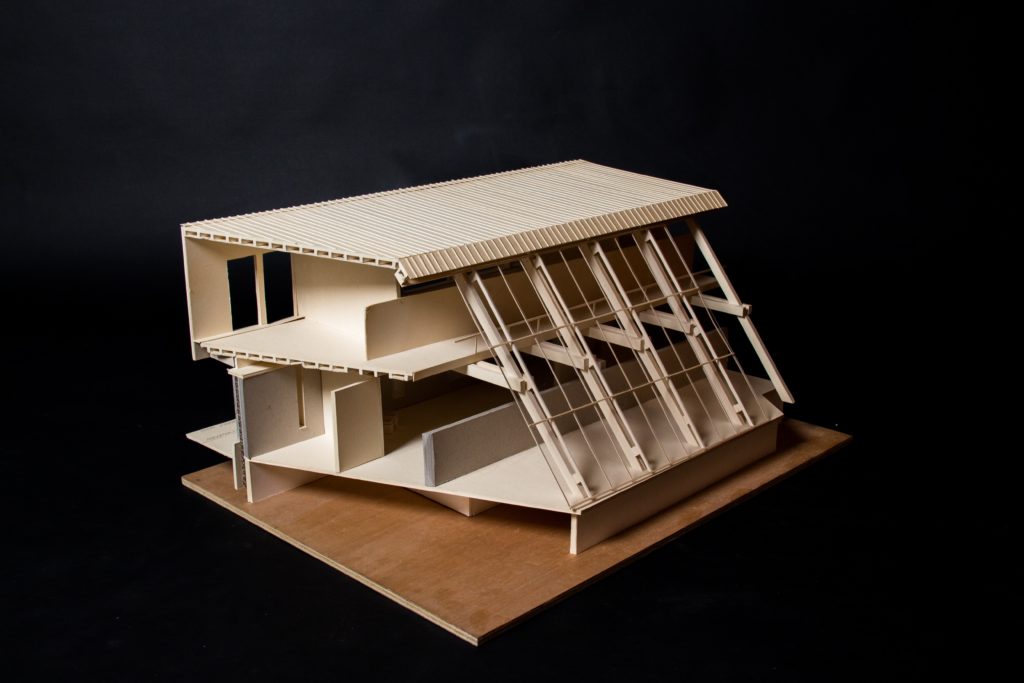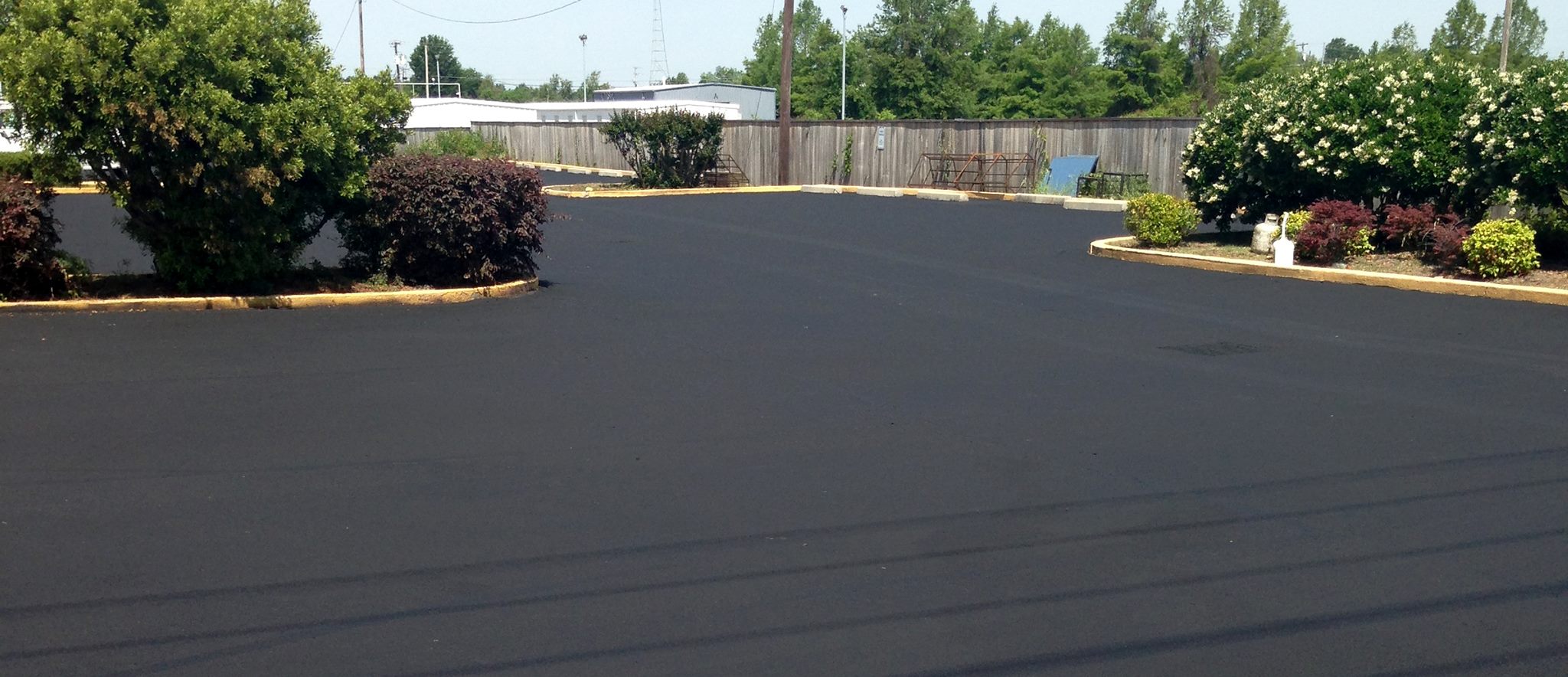Understanding the Role of an Architectural Model Maker
Architectural model makers play a pivotal role in the field of architecture by transforming conceptual designs into tangible representations. The ability to create accurate, detailed models enhances communication between architects, clients, and stakeholders and aids in visualizing complex ideas. In Leipzig, a city known for its rich architectural heritage and innovative developments, the demand for skilled architectural model maker Leipzig is on the rise.
What Does an Architectural Model Maker Do?
An architectural model maker is responsible for crafting models that depict architectural designs. Their work typically involves several stages, including selecting materials, adhering to design specifications, and ensuring that the final product accurately reflects the architect’s vision. The primary duties of an architectural model maker include:
– Collaboration with Architects: They work closely with architects and designers to understand the project requirements, translating architectural plans and designs into three-dimensional models.
– Material Selection: Choosing appropriate materials (wood, plastic, foam, metals, etc.) that align with the model’s purpose and desired level of detail.
– Construction: Building the model, which may involve cutting, assembling, and finishing surfaces to create a polished representation of the design.
– Quality Assessment: Evaluating the model for precision and accuracy, making alterations where necessary to meet the exact specifications provided by the architects.
– Presentation Assistance: Preparing models for presentations and exhibitions, which may include added elements like lighting or landscapes for enhanced visualization.
Skills Required for Success as an Architectural Model Maker Leipzig
To excel in the field of architectural model making, several skills are essential:
– Technical Drawing Proficiency: Understanding architectural drawings and blueprints to accurately translate them into three-dimensional models.
– Attention to Detail: Precision is crucial; even minor inaccuracies can significantly affect the model’s overall effectiveness and realism.
– Craftsmanship: Strong hands-on skills are necessary for cutting, shaping, and assembling materials, requiring a firm grasp of various construction techniques.
– Problem-Solving Skills: Model makers often encounter challenges that require innovative thinking. The ability to troubleshoot and develop solutions on the spot is invaluable.
– Creativity: While technical skills are essential, a creative vision is necessary for envisioning how materials and forms come together.
– Communication Skills: Effective communication with various stakeholders, including clients and architects, ensures that expectations are aligned and that feedback can be implemented effectively.
The Evolution of Architectural Models Over Time
The evolution of architectural models is deeply rooted in the history of architecture itself. Traditionally, architectural models were handcrafted, often labor-intensive processes involving wood, clay, or other materials. As technology progressed, the methods and tools available to model makers evolved.
– Historical Models: Initially, models served primarily for understanding spatial relationships and design intent. They were often small-scale representations of buildings or developments.
– Rise of Digital Techniques: With the advent of computer-aided design (CAD) and 3D modeling software, the approach to model making started to shift. Architects began utilizing digital models to refine their designs before translating them into physical formats.
– Integration of 3D Printing: The contemporary model-making landscape is now seeing significant advancements thanks to 3D printing technology. This technology allows for the rapid production of highly detailed models and prototypes that can be tailored to the specific needs of a design.
Types of Architectural Models Used in Design
Architectural models come in various forms, each serving a different purpose within the design and presentation process. Understanding the various types can help architects choose the right model for their needs.
Conceptual Models: Crafting the Vision
Conceptual models are often the first step in the design process. They are created to explore and communicate abstract ideas.
– Purpose: Typically made in early stages of design, these models help in visualizing concepts, facilitating brainstorming sessions.
– Materials Used: Often made from inexpensive materials like foam board, cardboard, or even paper, which allows for quick adjustments and iterations.
– Benefits: Conceptual models are crucial for engaging stakeholders in dialogue about design ideas, providing a tangible reference to stimulate discussion and feedback.
Presentation Models: Showcasing Designs Effectively
Presentation models are polished representations that show the final design with superior detail and craftsmanship.
– Purpose: Used in meetings, presentations, and exhibitions, these models aim to impress clients and stakeholders, effectively showcasing the architect’s vision.
– Materials Used: These models may incorporate premium materials to enhance aesthetic appeal and may include features such as realistic landscaping, people, and lighting.
– Benefits: They serve to communicate design intent effectively and can often be the deciding factor in securing project approvals.
Working Models: Practical Applications and Feedback
Working models are created to function as a tool for testing and refining designs.
– Purpose: They help assess structural integrity, feasibility, and functionality, often used during the design verification stage.
– Materials Used: Depending on the project, these models may be more robust and could include elements like movable parts or integrated lighting systems to demonstrate functionality.
– Benefits: Working models provide hands-on interaction opportunities, allowing architects and clients to assess the model more meticulously and providing critical real-world feedback.
Best Practices for Architectural Model Making
Creating effective architectural models requires adherence to best practices that enhance the quality and effectiveness of the final product.
Selecting the Right Materials for Your Model
Selecting the right materials is fundamental to the success of any architectural model. The choice of materials should consider the model’s purpose, the desired level of detail, and budget constraints.
– Durability vs. Aesthetics: Balance the need for a visually appealing model with the need for durability, especially if the model will be handled frequently or displayed in various environments.
– Eco-Friendly Options: Increasingly, architectural model makers are turning to sustainable materials, such as recycled plastics or sustainably sourced wood, to minimize environmental impact.
Techniques to Enhance Detail and Accuracy
To create models that stand out, employing specific techniques can enhance both detail and accuracy.
– Precision Cutting Tools: Utilizing laser cutters or CNC machines allows for incredibly precise cuts and dimensions that hand tools may not replicate.
– Painting and Finishing Techniques: The application of appropriate paint or finishes can significantly enhance realism. Techniques like dry brushing or airbrushing can add texture and detail.
– Incorporating Lighting: Adding LEDs or miniature lighting can create stunning visual effects, making models more interactive and appealing during presentations.
Common Mistakes to Avoid in Model Making
While undertaking the model-making process, there are common pitfalls that should be avoided to ensure the project goes smoothly.
– Inadequate Planning: Failing to plan can result in miscommunications and can lead to a model that does not satisfy the architect’s vision.
– Ignoring Scale: Maintaining consistent scale throughout the model is vital; discrepancies can lead to confusion and misinterpretation of the design.
– Overcomplicating Designs: While detail is important, too much complexity can detract from the model’s primary purpose—to communicate design ideas clearly.
The Process of Creating a Model in Leipzig
Creating an architectural model involves a systematic process that can be adapted based on the project’s scope and requirements.
Initial Design and Planning Stages
In the first stage, the architect collaborates with the model maker to establish a clear understanding of the project goals and parameters.
– Design Briefing: Discussion about the purpose of the model, audience, desired materials, and timelines is crucial.
– Sketching Concepts: Initial sketches can help visualize ideas and provide a reference for further discussions.
Building and Assembling Techniques
Once the design is finalized, the assembly process begins.
– Base Construction: Start with the foundation; this sets the stage for the entire model. It should be stable to ensure the integrity of the model as it develops.
– Layering Materials: Depending on the model type, layering different materials can create depth and realism. For instance, adding textures or finer details incrementally can enhance the overall look.
Final Finishing Touches and Presentation
The final stages include applying finishes and preparing the model for presentation.
– Finishing Details: Ensure all surfaces are smooth, and any painting or texturing is complete.
– Presentation Preparations: Prepare for client meetings or exhibitions, which may involve adding contextual elements such as surrounding landscapes or accompanying materials that explain the project.
The Future of Architectural Model Making in Leipzig
As technology and environmental considerations evolve, the role of architectural model makers in Leipzig is poised for significant changes.
Incorporating Technology: 3D Printing in Model Making
3D printing is revolutionizing architectural model making by allowing for rapid prototyping and the creation of complex geometries that were previously difficult, if not impossible, to achieve.
– Benefits of 3D Printing: The ability to create highly detailed models with less manual labor can streamline the model-making process and reduce costs.
– Custom Geometry: With CAD, architects can design models that incorporate unique designs and intricate details that traditional model-making methods could not provide.
Sustainable Practices in Model Construction
Sustainability is becoming increasingly crucial in architectural practice, impacting material choices and processes in model making.
– Sustainable Materials: The shift to eco-friendly and recyclable materials not only meets client demands for sustainable practices but also minimizes environmental footprints.
– Efficient Production Techniques: Incorporating practices that reduce waste and increase efficiency is key to sustainable model making.
The Growing Demand for Architectural Model Makers in Germany
The architectural landscape in Germany continues to flourish, particularly in cities like Leipzig, renowned for their blend of historical and modern architecture. This growth amplifies the demand for skilled architectural model makers who can bring these designs to life.
– Expanding Opportunities: As urbanization accelerates and architectural practices evolve, model makers can expect increasing opportunities to collaborate on diverse and innovative projects.
– Networking and Industry Collaboration: Active participation in local architecture and design communities can enhance visibility and provide opportunities for collaborations that can lead to exciting projects.




